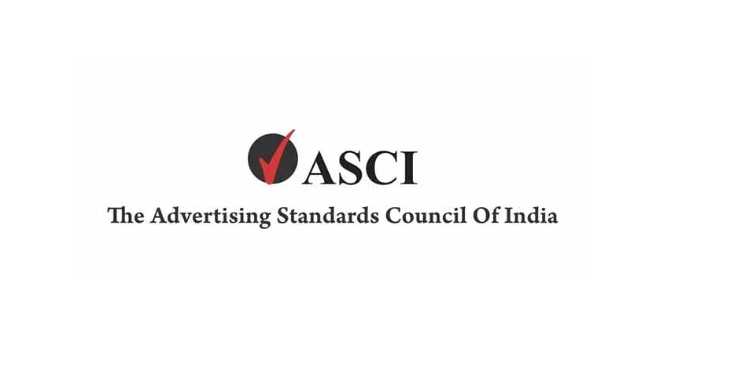Mumbai: The Advertising Standards Council of India (ASCI), in association with Futurebrands, is launching the first ever deep, immersive dive into gender depiction in Indian advertising. GenderNext aims to provide actionable insights that can shape the gender narratives in advertising positively.
The study is the first of several initiatives ASCI will undertake in 2021 as part of a year-long focus on gender.

Subhash Kamath, Chairman, ASCI, said: “As a self-regulatory body, ASCI wants advertisers to embrace more responsible advertising. The idea is to not just limit ourselves to being a complaints management body but also to help advertisers navigate through complex issues and contribute to the creation of positive advertising. ASCI will support brands and advertisers to “get it right” in various ways, and this is one such initiative”.
The report, to release in September 2021, is expected to be a seminal piece of work in understanding the depictions of women in advertising. It uses several starting points of inquiry. To begin with, there will be a semiotics and cultural decode of Indian advertising over time, across categories and regions. In addition, advertisers, creative voices, policymakers, gender experts will be met for their inputs. Ad clinics will be conducted across 10 centres with consumers for their views and feedback on gender depiction in advertising. The study will draw an understanding of the larger cultural shifts in India through Bharat Darshan, a proprietary study done by Futurebrands over a decade, and across more than 200 towns. GenderNext is a first-of-its-kind study and expected to be of significant value to advertisers and creative agencies, as well as academia, policymakers and advocacy bodies.
The study will cover multiple categories: personal, fashion and beauty care; hearth, home and health; gadgets and wheels; and money and education
Its major objectives are:
- To unravel gender narratives in advertising through a collaborative journey
- To evolve and enrich gender understanding in the context of cultural change
- To provide insights to navigate and embrace positive narratives for women in advertising content

Manisha Kapoor, Secretary General of ASCI, said: “The portrayal of women in advertising has been the subject of much debate. The gender narrative has been evolving and changing but it is not a simple, linear change. GenderNext will help advertisers navigate these narratives, which can sometimes even be seemingly in conflict with each other. The idea is to provoke conversations, and generate actionable insights that advertisers can tap into for progressive, culturally relevant and aspirational gender portrayals. Besides GenderNext, we will also be partnering with like-minded organisations with similar objectives to make a difference to the gender narrative.”
The study has attracted much interest amongst advertisers, who are backing it with their own insights as well as funding. The landmark study has received support from the likes of Nobel Hygiene, ITC-Vivel, Kellogg, Colgate, Diageo, Eureka Forbes and Mondelez, and ASCI hopes more of its members will become a part of it.
Santosh Desai, MD & CEO, Futurebrands, said: “We are excited to be part of a study that will track the changing gender narrative in advertising and help advertisers with insights to craft their strategies better. The study – a synthesis of primary consumer feedback, opinions of a wide range of stakeholders and commentators, and a wider reading of cultural changes – will build on the extensive cultural tracking work Futurebrands has been engaged in over the past decade.”

According to Kartik Johari, VP – Marketing and Commerce, Nobel Hygiene, the principal sponsor of the study, “As a company where our brands resolutely speak the consumer truth, through this unique partnership with ASCI, we are keen to understand how popular culture has, and will continue to shape, our perception of gender. We hope this research forms not only a map of their minds, but a casting net on the minds that will shape tomorrow.”
The study will go beyond individual category movements to bring brands in tune with the larger shifts they must be cognisant of. This exercise hopes to spark new conversations amongst advertisers, creators, policy makers, academia and is expected to be a seminal reference study on the depiction of gender in advertising.

















